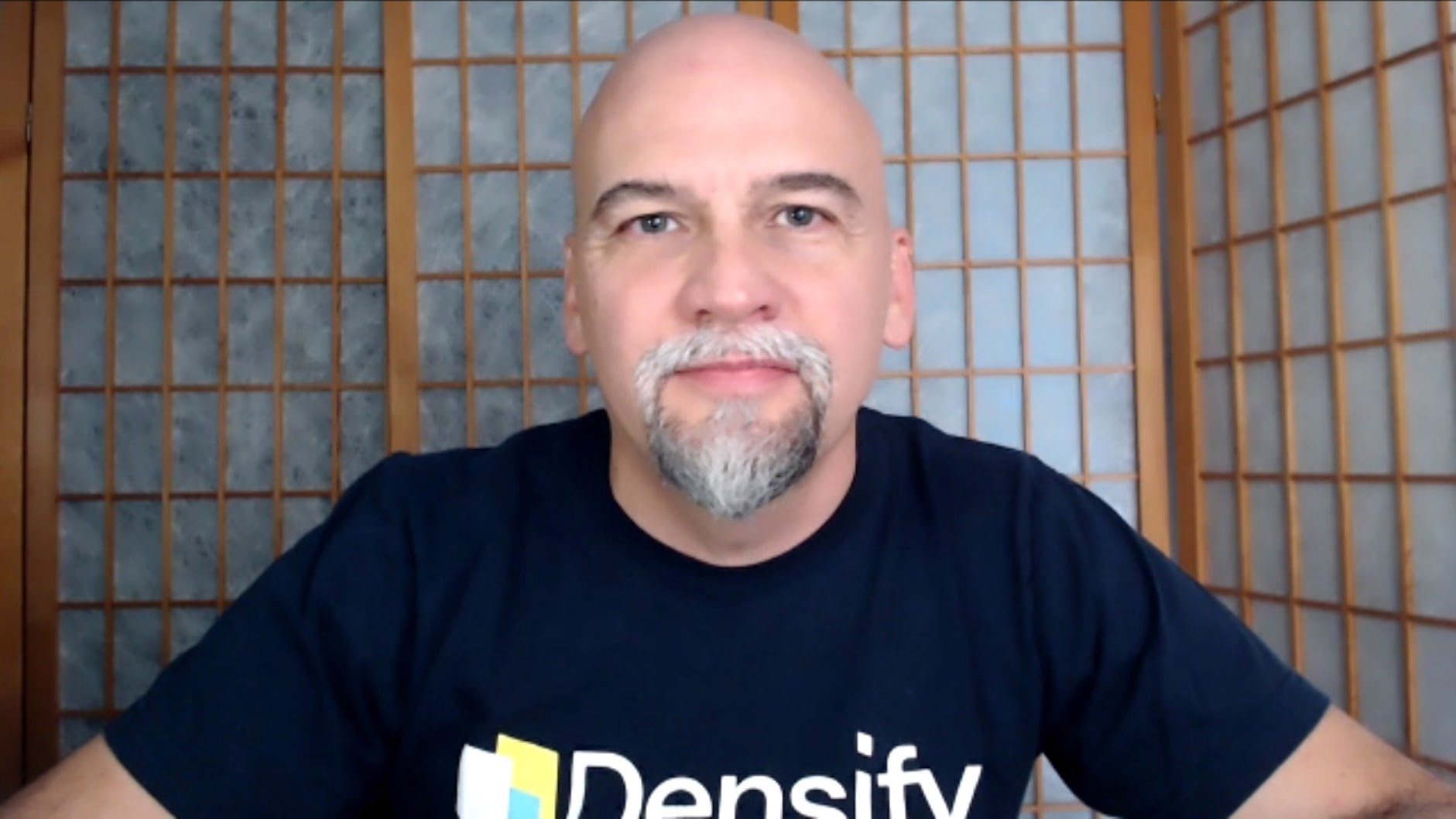 CLOUD
CLOUD
 CLOUD
CLOUD
 CLOUD
CLOUD
Many business leaders appreciate the on-demand resources and scalability potential of the cloud, but they must also address the difficulty of controlling the associated costs. The situation becomes even more complex when those who care most about managing cloud expenses are not always aware of who has cloud purchasing authority in a company, what they buy and why.
Taking an analytical approach to cost control can get an enterprise back on track.
“If you want to purchase more intelligently, that can be very complicated,” said Andrew Hillier (pictured), co-founder and chief technology officer at Densify. “We like to think of ourselves as almost like an analytics engine that’s … an equation with a lot of terms. It’s got a lot of detail of what we’re taking into account when we tell you what you should be doing.”
The analytical insights enable buying and consuming intelligently in the cloud because they’re interrelated, Hillier added.
Hillier spoke with Keith Townsend, guest host of theCUBE, SiliconANGLE Media’s livestreaming studio, during virtual coverage of AWS re:Invent 2020. They discussed the need for resource and cost optimization in the cloud, the link between containerization and cloud costs, why machine learning could optimize resource provisioning for containers, and how complicated or mission-critical cloud environments are exceptionally well-positioned to benefit from analytics. (* Disclosure below.)
Some business leaders think containerization is a logical solution to cloud cost problems and other pain points.
“It’s a big opportunity for a whole new generation of automation; containers don’t overcommit in the same way [as virtual environments do],” Hillier said.
Containers are much more granular. However, this may only create the belief that they make expenses manageable. Hillier mostly sees low-utilization container environments when assisting Densify customers.
The right technologies can help bring costs under control, such as machine learning, Hillier explained. Business leaders ultimately realize that adding up all the containers leads to more resources being used than they think.
Fortunately, machine learning can help by analyzing and recommending the appropriate resources for each container. In that scenario, technology performs better than humans can, especially when assessing tens of thousands of containers, Hillier concluded.
Watch the complete video interview below, and be sure to check out more of SiliconANGLE’s and theCUBE’s coverage of AWS re:Invent. (* Disclosure: Densify sponsored this segment of theCUBE. Neither Densify nor other sponsors have editorial control over content on theCUBE or SiliconANGLE.)
Support our mission to keep content open and free by engaging with theCUBE community. Join theCUBE’s Alumni Trust Network, where technology leaders connect, share intelligence and create opportunities.
Founded by tech visionaries John Furrier and Dave Vellante, SiliconANGLE Media has built a dynamic ecosystem of industry-leading digital media brands that reach 15+ million elite tech professionals. Our new proprietary theCUBE AI Video Cloud is breaking ground in audience interaction, leveraging theCUBEai.com neural network to help technology companies make data-driven decisions and stay at the forefront of industry conversations.